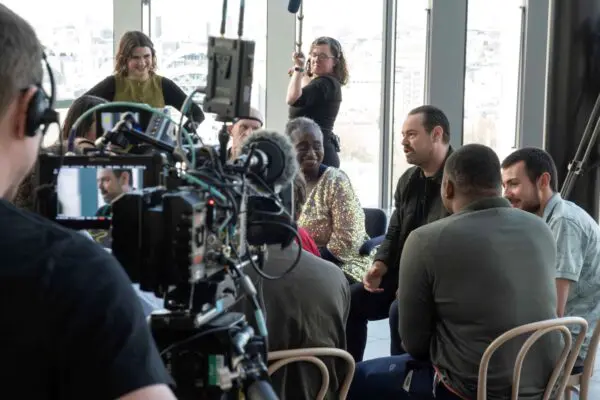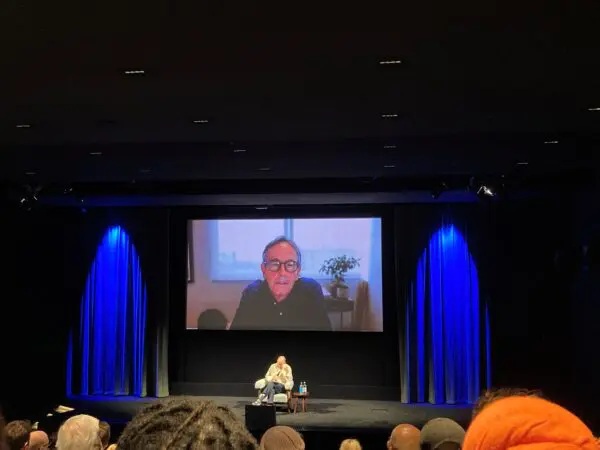Opening his lecture with a question he is asked a lot: ‘Where do you get the inspiration for a game?’, Hay said that inspiration is “everywhere”. Calling inspiration ‘vision fuel’, Hay reflected that it is: “everywhere. It’s everybody that you meet, it’s every moment that you have.”
Explaining it is important to draw inspiration from your own life experiences he also shared how this played out in real life when creating Far Cry. He said: “When we were first thinking about the idea for Far Cry, specifically Far Cry 5, I wanted to leverage what I already knew and what I felt.”
Hay also encouraged his audience to watch television and films, and play games, to pay attention to the news, and to push themselves out of their comfort zone in the pursuit of inspiration. He said: “Have a legitimately different emotion as often as you can. You’re not going to be able to write and or build or plumb the depths of an emotion if you haven’t experienced it and if you don’t risk.”
One way he suggests visualising your idea is by creating a collage. “It creates a swatch, and this stuff is gold. This allows you to see everything you’re thinking, and it allows you to cut the fat off it and be able to pull it down so it’s that bare bones elixir,” he says.







